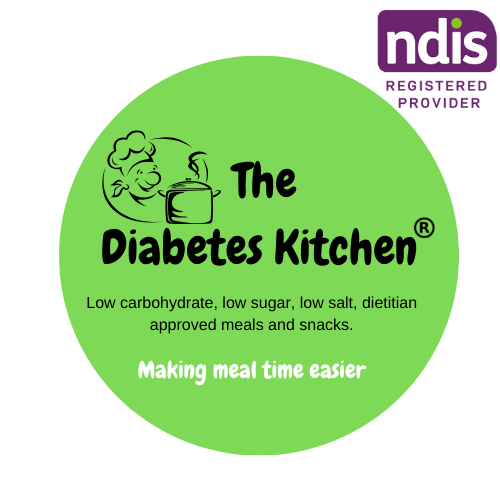This week we share a blog post from Nikki Wallis. Nikki manages her own T1 diabetes and is passionate diabetes advocate and blogs about latest news, recipes and updates. Here she talks about carbs and carb counting (and remember, everyone is different and has different requirements).
Do you get confused by all the information out there about diets for people with diabetes? Do you find yourself struggling to know how many carbs to eat per day, or struggling to balance your insulin and Blood Glucose Levels (BGL)?
I think we can all agree that no one person with diabetes is the same and that we all eat different foods, live different lifestyles and need tailored care to suit our individual needs.
This is quite a controversial issue, particularly when it comes to the eating plans of people with diabetes, especially when it comes to the issue of carbohydrates.
The current dietary guideline recommends eating about 230-310g of carbs per day (this guideline is not specific to people with diabetes). For me, this is far too much and I tend to eat about 105g-120g or 7-8 portions of carbs per day.
Other people recommend eating very low carb diets at around 30-50g of carbs per day (around 2 portions), with some research done into the benefits and risks of low carb eating for people with type 1 diabetes.
For me, 30-50g of carbs a day is far too low, but again, that’s just me.
So there is a lot of debate out there around how much carbohydrate people should eat, let alone how much you should eat if you have diabetes.
The issue of low carb diets, particularly for people with type 1 diabetes, is a really heated topic. There is a lot of research out there supporting the benefits of low carb diets for people with type 2 diabetes, but there just isn’t enough evidence about type 1 diabetes.
Personally, I had no idea this was such a contested issue until recently. For me, I adopted a lower carb approach to eating when I was in my teens. I had put on unwanted weight after following the recommended daily intake of carbs when I was first diagnosed with diabetes and I felt like I was constantly force-feeding myself when I just wasn’t hungry.
You may recall my earlier post, Low Carb Diets for People with t1 Diabetes. In this post I share my experience in changing to a lower carb eating.
So what’s solution? There needs to be a common sense approach to diet and diabetes.
Diet should not be a one-size fits all. Insulin dosage is not a one-size fits so why are we taking this approach with diet? Carb intake should be as much a tailored approach as insulin dosage.
People with diabetes are not numbers, we are real people, with changing needs and differing lifestyles. So guidelines need to reflect this.
Someone who has a very sedentary lifestyle of course requires less carbs than an athlete or a very active person.
But it’s not all bad news. Diabetes Australia (DA) recently made a groundbreaking change – they released a position statement on Low Carb Eating for People With Diabetes.
Hallelujah! Finally, a diabetes organisation has come out and supported the personal decisions of people with diabetes! Thank you DA!
They recognise that some people with type 1 diabetes are seeing a benefit in reducing their carbohydrate intake.
“People with type 1 diabetes may choose to follow a low carb eating approach and they should be supported in this,” (source: DA Spring Issue of Circle Magazine).
Finally, people with T1D won’t be made to feel like they are doing the ‘wrong’ thing, by not following the current dietary guidelines… which let’s face it are out-dated even for the average person without diabetes.
DA has taken a step in the right direction to recognise the need for flexibility and a move away from rigid and prescriptive eating plans. Everyone is different.
There is still a long way to go in the diabetes diet debate. Current dietary guidelines should be updated.
In the meantime, thank you DA for being progressive and helping to support and empower people with diabetes. This position statement is a step in the right direction.
To find out more, download a copy of the position statement by clicking HERE.





